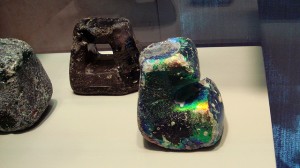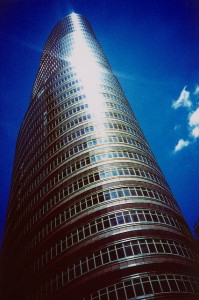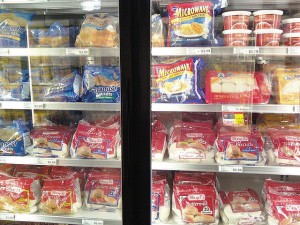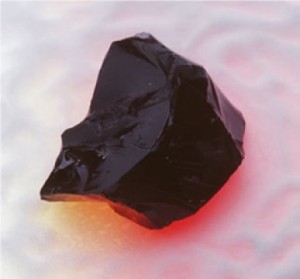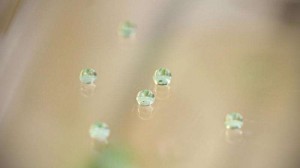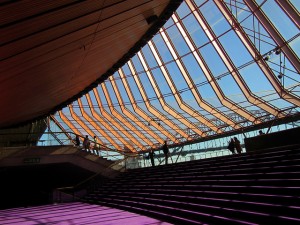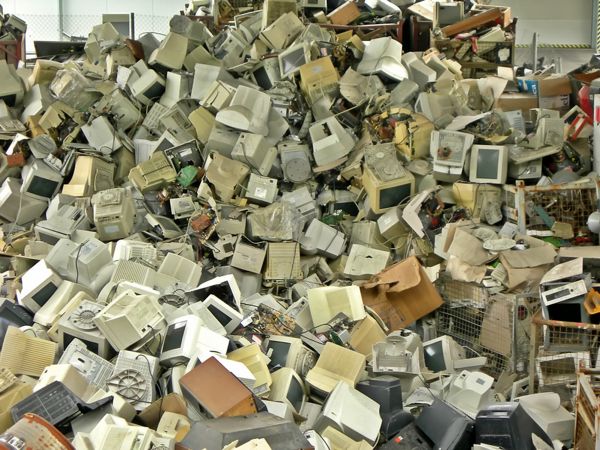Portland Glass Factory Improves Air Quality
The Portland glass factory that has been at the center of an environmental debate has reduced its heavy metals emissions by 98% compared to this time last year. According to the Oregon Health Authority, the filtration system put in place by Bullseye Glass is working well, and they’ve removed two of the four monitoring systems they installed following the revelation that the glass factory was emitting high concentrations of toxic heavy metals.
Bullseye Glass has installed 12 filters and will install an additional six in the coming months. The filters capture emissions of heavy metals like lead, cadmium, chromium and arsenic, which had been released untreated into the air around the factory.
Oregon state environmental officials first became aware of the toxic emissions when they sampled mosses from trees growing near the factory. The discovery, which was repeated around other local glass factories, touched off a national debate about the safety of small glass factories.
Oregon’s findings also spurred the US Environmental Protection Agency to begin monitoring air quality around other glass furnaces nationwide. Small furnaces have been exempt from filtration requirements that are applied to larger producers. The discovery of high concentrations of toxic metals has resulted in much stricter filtration requirements.
The debate has also produced casualties. Uroboros Glass, another local Portland glass manufacturer, announced last month that it would permanently close its doors because it could not afford to install the required filtration systems.
Bullseye is also working to tweak its filtration system to capture selenium emissions, which tests have shown are still elevated around the factory. Selenium is necessary for good health and occurs naturally in the ground. It does not pose the same dangers that the factory’s other emissions, but regulators want to see selenium levels around the factory reduced. Selenium is safe in small amounts, but excess selenium intake can result in selenium toxicity, the symptoms of which can persist for months.
Glassprimer™ glass paint is a specialized glass coating that bonds permanently to glass surfaces. GlassPrimer also makes a glass surface molecular activator that is designed to work with UV-inkjet glass printing processes. For more information about Glassprimer™ glass paint, please visit the rest of our site. If you’d like to purchase Glassprimer™ glass paint, please visit our online store.
Photo Credit: America’s Power, via Flickr.com




